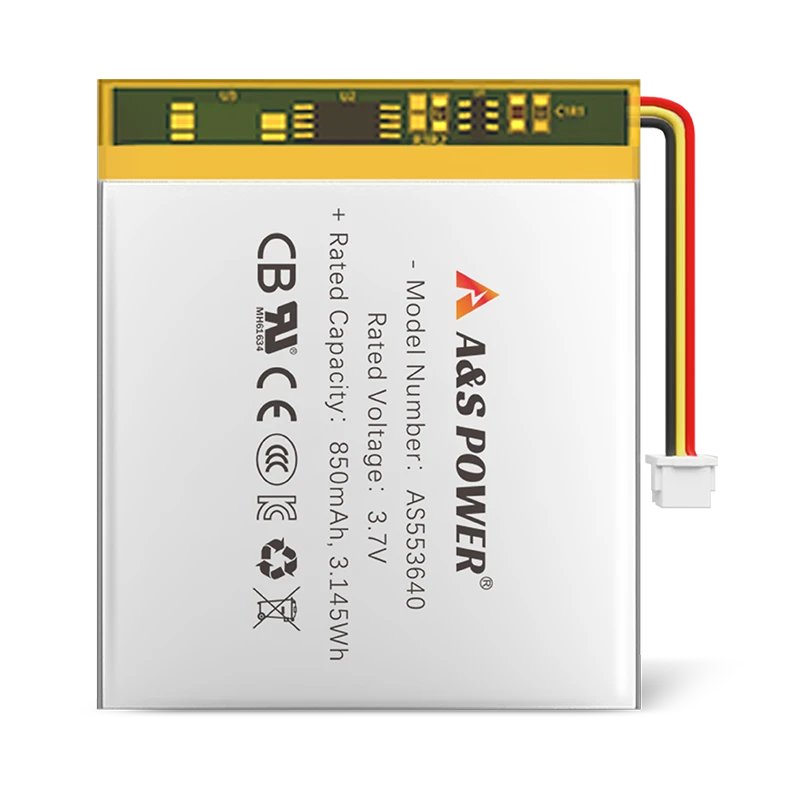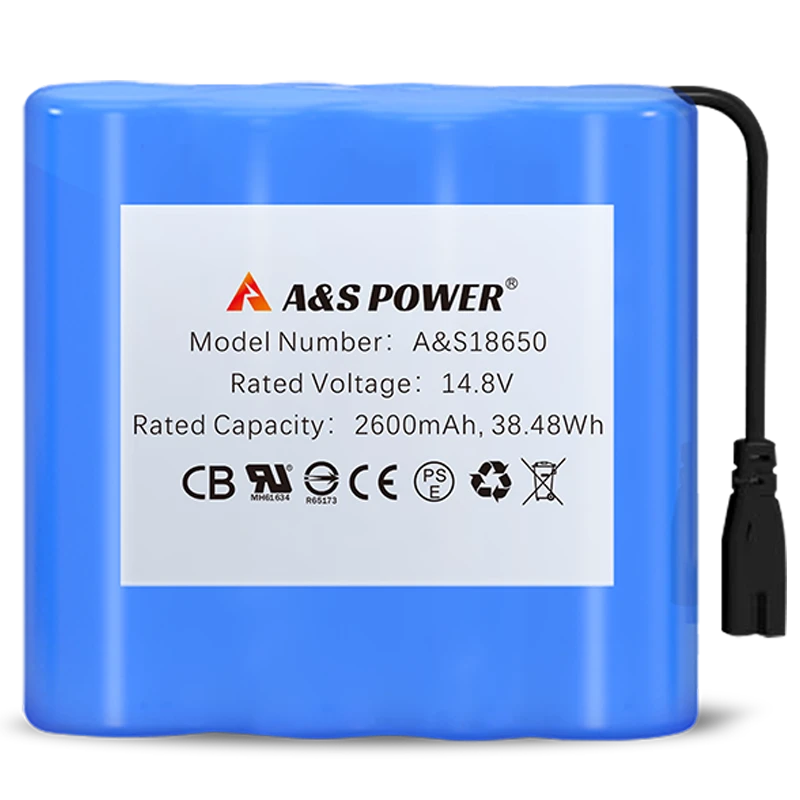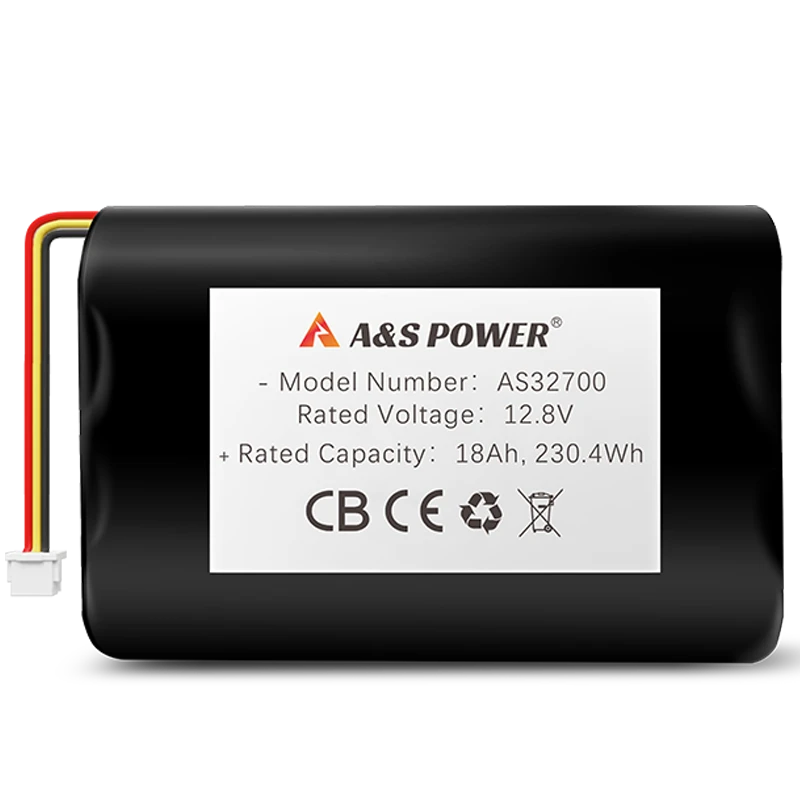Why Lithium Batteries Are Key to Sustainable Energy Solutions in 2025
Lithium batteries are important for a cleaner future. They store energy well, making them essential for green energy systems. These batteries help balance power grids and cut down on fossil fuel use.
- In Europe, recycling old batteries and scraps could supply 25% of cobalt needs by 2030. It could also provide 14% of lithium, 16% of nickel, and 17% of manganese.
The world’s battery market shows their growing value:
- Worth $25.02 billion in 2024.
- Predicted to grow to $32.63 billion in 2025.
- Expected to reach $114.05 billion by 2032, growing 19.58% yearly.
New energy batteries will keep improving, helping create a cleaner energy future.
Key Takeaways
- Lithium batteries store renewable energy, helping create a cleaner future.
- Recycling these batteries cuts pollution and saves energy, aiding reuse.
- Charging lithium batteries from 10% to 90% makes them last longer.
- New battery tech, like solid-state ones, is safer and better.
- Electric cars with lithium batteries use less gas and cut pollution.
Understanding Lithium Batteries
What Are Lithium Batteries?
Lithium batteries store energy and turn it into electricity. They are small, light, and work very well. This makes them perfect for today's energy needs. A battery is "a device that keeps energy as chemicals and changes it into electricity." Lithium batteries are special because they hold a lot of energy and last a long time. These features make them great for powering modern devices and systems.
How Do Lithium Batteries Work?
Lithium batteries use chemical and electrical processes to work. First, solid materials are mixed with liquid to make a paste. This paste is spread on a surface to create battery parts. Next, the battery is put together using methods like cutting or rolling. Finally, it is tested and packed to ensure it works well.
When in use, lithium ions move between two parts through a liquid. This movement creates electricity. Keeping the battery charged between 10% and 90% helps it last longer. Important features include how many times it can be charged, how much energy it holds, and how much power it gives, as shown below:
| Metric | What It Means |
|---|---|
| Cycle Life | How many times the battery can be charged before it wears out. |
| State of Charge (SoC) | How full the battery is, best kept between 10% and 90%. |
| Power Density | How much power the battery gives compared to its size or weight. |
| Energy Density | How much energy the battery stores compared to its size or weight. |
| Cost | How much money the battery costs. |
| C-rates | How fast the battery charges or discharges, affecting how it works. |
| Depth of Discharge (DoD) | How much of the battery's energy is used, which affects its lifespan. |
Key Applications in Energy and Transportation
Lithium batteries are used in many things, like electric cars and solar panels. They power vehicles like EVs, drones, and bikes. In energy systems, they save extra power from the sun and wind. This saved power can be used later when needed.
Old batteries can be reused for storing solar energy or as backup power. Recycling batteries helps the planet by cutting pollution by 81% and saving energy by 89%. Lithium batteries are important for clean energy and a better future.
The Role of Lithium Batteries in Renewable Energy
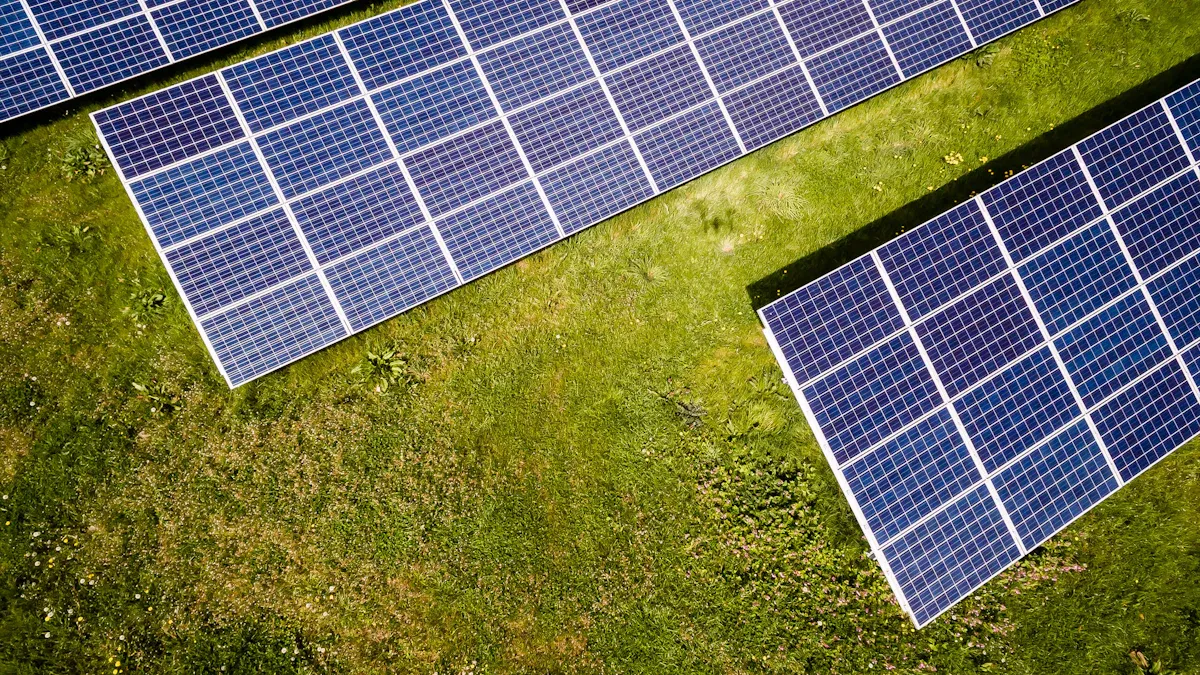
Helping Solar and Wind Energy
Solar and wind energy help lower pollution. But they don’t always work. Solar panels only make power during the day. Wind turbines need windy weather to work. Lithium batteries fix this by saving extra energy. They release it when energy is needed. This keeps green energy available on cloudy or calm days.
Lithium batteries also make renewable energy systems better. They store energy close by, cutting energy loss. This means less need for big power systems. For example, homes with solar panels and lithium batteries can use saved energy at night. This lowers costs and helps the planet.
- Tip: Don’t let your battery fully drain. Using it carefully makes it last longer.
Keeping Grids Stable and Growing
Adding renewable energy to power grids can cause problems. Energy supply changes can lead to blackouts. Lithium batteries act as a backup. They save extra energy and release it when needed. This keeps the grid steady.
Lithium batteries also help grow renewable energy systems. As more people use green energy, storage needs increase. These batteries make it easier to expand without losing reliability. Big battery farms store lots of energy. They ensure the grid has enough power.
Studies show that resting batteries improves their life. High-nickel batteries kept 73% of their power after 300 uses. Managing batteries well helps grids stay stable for a long time.
Cutting Down Fossil Fuel Use
Lithium batteries help reduce the use of coal, oil, and gas. They make renewable energy more common. This lowers pollution and makes the air cleaner.
Electric cars with lithium batteries speed up the switch to green energy. They don’t release harmful gases like regular cars. If charged with renewable energy, they are even better. Lithium batteries also support systems that mix renewable energy with backup power. This reduces fossil fuel use while keeping energy reliable.
- Note: Recycling old batteries cuts mining damage. It supports a circular economy and helps the planet.
Environmental Impact of Lithium Batteries
Benefits: Lower Emissions and Cleaner Energy
Lithium batteries help cut pollution and support clean energy. In electric cars, they produce less pollution than gas-powered cars. For example, in 2021, electric cars made 28% less CO2 than gas cars. By 2030, this will improve to 50%, and by 2050, it will reach 56%. This happens as more green energy is added to the power grid.
| Year | Electric Car Emissions (lower than gas cars) | Key Facts |
|---|---|---|
| 2021 | 28% | Big drop in CO2 compared to gas cars. |
| 2030 | 50% | Cleaner grids mean better electric car results. |
| 2050 | 56% | Even fewer emissions with greener energy grids. |
Lithium batteries also store solar and wind energy for later use. This lowers the need for coal, oil, and gas. For example, a factory in Thuringia cut battery production emissions to under 15kgCO₂-eq per kWh. This is 80% less than the usual amount. These improvements show how lithium batteries help reduce pollution and support clean energy.
Challenges: Mining and Resource Depletion
Making lithium batteries has problems like mining and resource loss. Getting lithium, cobalt, and nickel can harm the environment. Old methods use too much water, damage land, and hurt nature. For example, a mine in Nevada will use over 5,000 acre-feet of water each year. Mining one tonne of lithium needs digging up 500 tonnes of earth. This creates 2.3 tonnes of CO2 for every tonne of lithium.
- Old mining methods waste water and harm the land. New ways, like Direct Lithium Extraction (DLE), use less water and are better for nature.
Mining also affects people living near mines. They may get jobs but face damaged land and water. To fix this, we need safer and greener mining methods.
Recycling and Disposal Solutions
Recycling lithium batteries helps the planet and saves resources. Over 99% of materials like nickel and cobalt can be reused. These recycled materials work as well as new ones. This means less mining and more recycling, which supports a circular economy.
Old batteries can also be reused to store solar energy or as backup power. This gives them a second life and reduces waste. Recycling also cuts pollution by 81% and saves 89% of energy.
As green energy grows, better recycling methods will reduce battery waste. By using eco-friendly practices, lithium batteries can keep helping the planet and support a cleaner future.
Advancements in New Energy Batteries
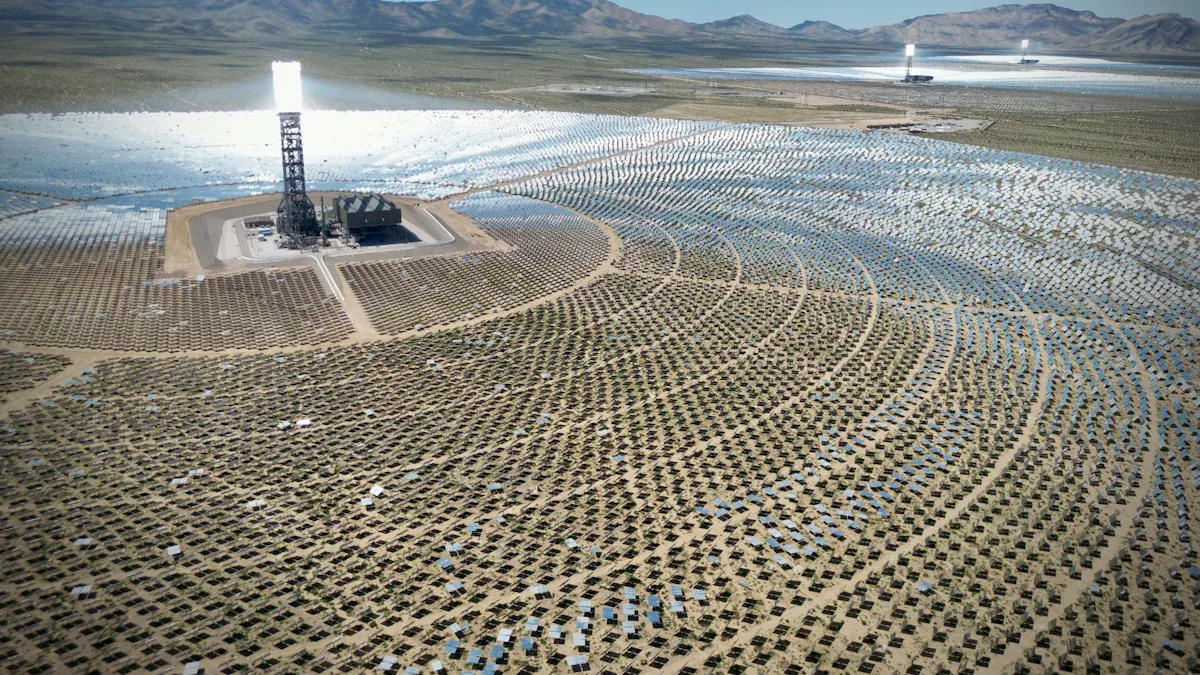
New Improvements in Energy Storage and Battery Life
Big changes in lithium battery technology are improving energy storage. Batteries now store more energy and last longer. This is because of new ideas like solid-state batteries and silicon anodes. These changes are making energy storage better and more useful.
- Solid-State Batteries: These batteries use solid parts instead of liquid ones:
- They store more energy in smaller spaces.
- They are safer because they don’t have flammable liquids.
- They last longer and can handle more charges.
- More Energy Storage: Solid-state batteries hold over 400Wh/kg. This makes them great for electric cars and small devices.
- Better Safety: Without liquid parts, the risk of fires is much lower.
- Longer Use: These batteries can be charged over 1,000 times.
Other ideas, like lithium iron phosphate (LFP) batteries, make batteries safer in heat. Silicon anodes help batteries hold more energy. By 2025, these changes will make batteries work better and last longer.
Using Fewer Rare Earth Materials
Using fewer rare earth materials helps make batteries greener. Scientists have found new ways to get rare earth elements easily.
- At The University of Texas at Austin, scientists made a method that is 40 times better at getting europium and 30 times better at getting ytterbium. This method uses less energy and harms nature less.
These new methods mean future batteries will need fewer rare materials. This makes them better for the planet.
Recycling and Reusing Batteries
Recycling batteries helps save resources and reduce waste. Over 99% of materials like nickel and cobalt can now be reused. Old batteries can also be used again to store energy, helping create a circular economy.
- Recycling cuts pollution by 81% and saves 89% of energy. This helps protect the planet and supports global green goals.
By using these new ideas, we can have a cleaner future with better energy solutions.
Lithium batteries are changing how we use energy systems. They store lots of energy and last a long time. This makes them great for saving renewable energy for later use. By 2030, battery costs may drop from $1000 to $200 per kWh. This will make electric cars cheaper and more popular. It will also help cut down on fossil fuel use.
These changes show how important lithium batteries are for fighting climate change. As technology gets better, these batteries will improve too. They will become more efficient, eco-friendly, and easier to get. This will help create a cleaner and greener future.
FAQ
Why are lithium batteries better than other batteries?
Lithium batteries hold more energy in smaller sizes. They last longer and charge faster than older batteries like lead-acid or nickel-cadmium. Their light weight makes them great for gadgets and electric cars.
How can you make a lithium battery last longer?
Keep the charge between 10% and 90%. Don’t let it get too hot or cold. Use the right charger and don’t overcharge it. Taking care of the battery helps it work well for a long time.
Are lithium batteries safe to use?
Yes, they are safe. New designs stop overheating and short circuits. Don’t damage the battery and follow the maker’s rules to stay safe.
Can lithium batteries be recycled?
Yes, they can! Recycling gets back useful materials like cobalt and nickel. It cuts waste and helps reuse resources. Many places now recycle batteries in eco-friendly ways.
What’s next for lithium battery technology?
New ideas like solid-state batteries will make them better. These changes will store more energy, last longer, and be safer. By 2030, lithium batteries will cost less and help green energy grow.
-

 May.2025.12.22What is a Nickel Cadmium Battery and How Does It WorkLearn More
May.2025.12.22What is a Nickel Cadmium Battery and How Does It WorkLearn More -

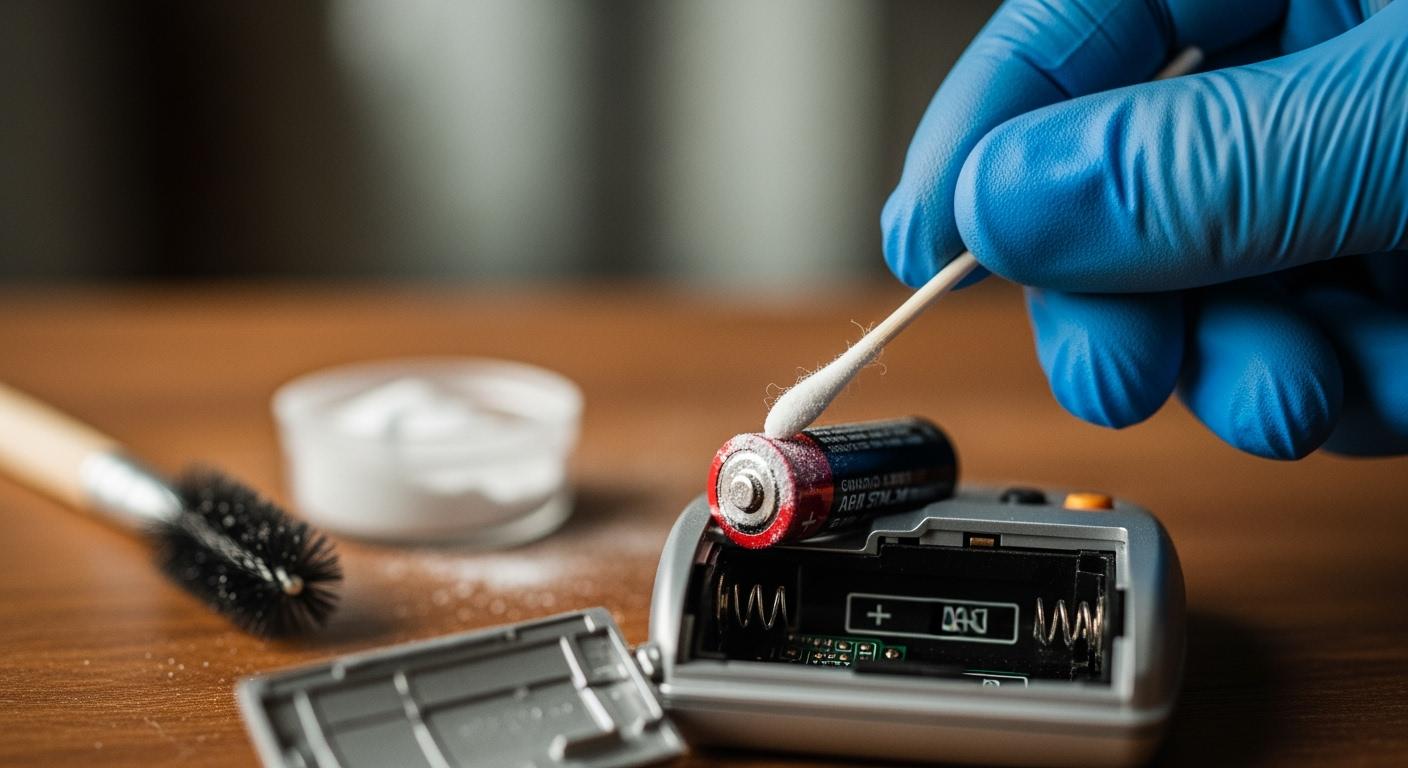 May.2025.12.22How to clean battery corrosion?Learn More
May.2025.12.22How to clean battery corrosion?Learn More -

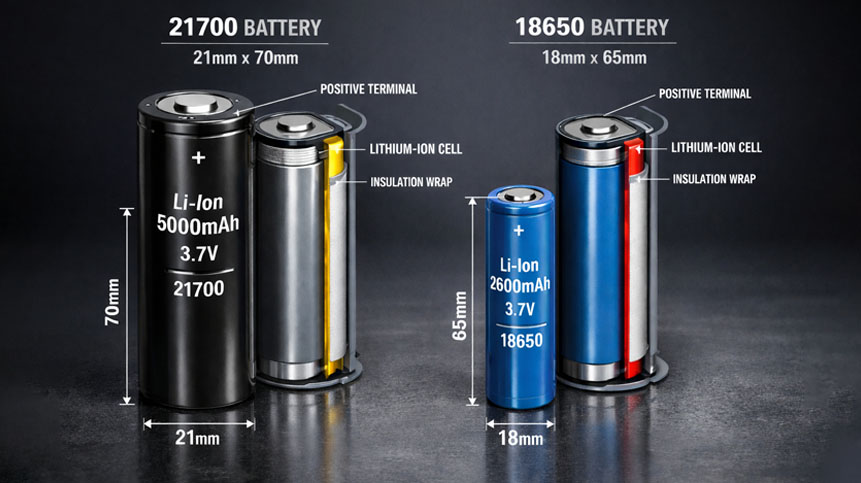 May.2025.12.2021700 Battery: Meaning, Comparison with 18650, and How to Choose the Best QualityLearn More
May.2025.12.2021700 Battery: Meaning, Comparison with 18650, and How to Choose the Best QualityLearn More -

 May.2025.12.19Medical Device 18650 Rechargeable Battery: What Buyers Must Evaluate?Learn More
May.2025.12.19Medical Device 18650 Rechargeable Battery: What Buyers Must Evaluate?Learn More -

 May.2025.12.19Common voltage types of lithium polymer batteries for different applicationsLearn More
May.2025.12.19Common voltage types of lithium polymer batteries for different applicationsLearn More




